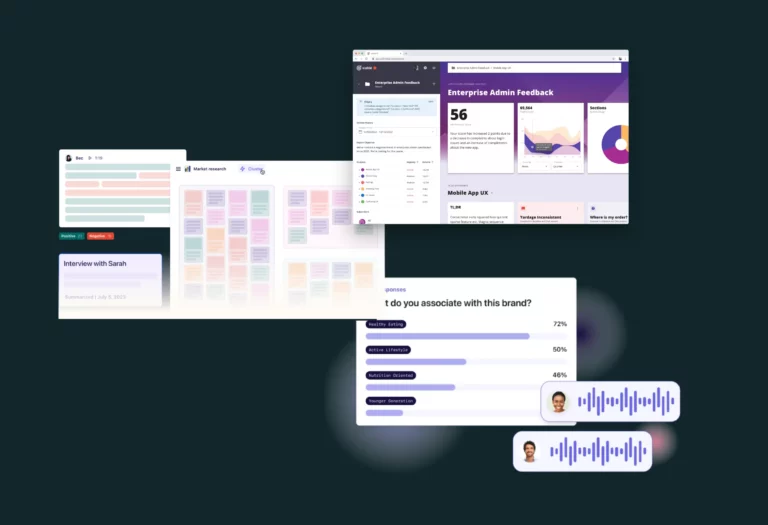Consumer tastes and lifestyles are changing, and how we live our lives influences what, how and where we consume our meals and drinks. Here are 10 trends that are fueling food and beverage innovation.
1. Non-alcoholic beverages
The non-alcoholic beverage market is experiencing significant changes and growth, and is projected to reach $1,258 Bn by 2027.
Several factors have been driving the transformation of the non-alcoholic beverages market, among them are;
- The premiumization trend, with artisanal and craft brands gaining popularity. Consumers are willing to pay significantly more for high-quality, handcrafted beverages, driving the growth of this category.
- An increased focus on health and wellness means consumers are shifting away from sugary and calorie-laden beverages and artificial ingredients.
- The growth of e-commerce and direct-to-consumer channels has facilitated easier access to a wide variety of non-alcoholic beverages, enabling niche brands to reach a broader, yet targeted, audience.
- The increased adoption of innovative, functional beverages are driving consumption. Non-alcoholic drinks that offer functional benefits, such as mood enhancements, fortified drinks, vitamins and antioxidants are winning ground. Drift Drinks is one example – their range of functional non-alcoholic cocktails and beers contain natural adaptogens in every sip – to help improve focus, aid relaxation or increase performance.
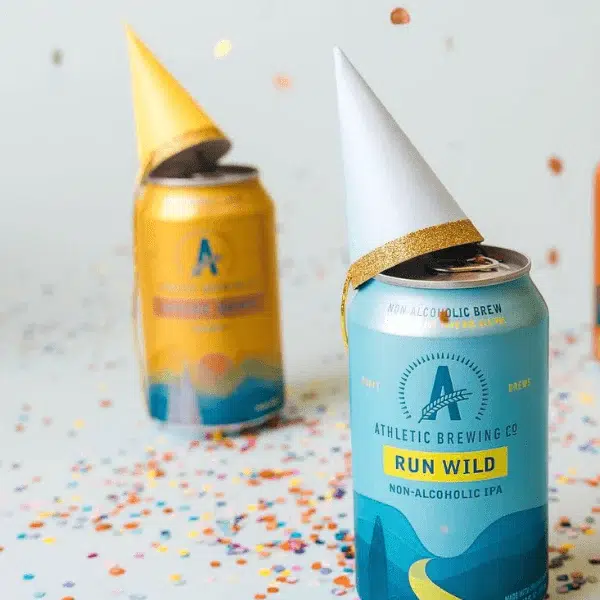
2. Functional food and beverage
Consumers are continuing to become more health-conscious and are actively seeking products that go beyond basic nutrition to address specific wellness needs. This drives demand for products that tap into functional health, such as enhanced hydration, stress relief, improved gut health, and energy-boosting properties.
Gut health
Improved gut health has become a significant wellness concern for consumers. Probiotics, prebiotics, and fermented foods and beverages that support gut health are increasingly sought after for their digestive benefits, along with their potential impact on mental/brain wellbeing.
Stress relief and relaxation
The demand for products that promote stress relief and relaxation is growing, especially given the fast-paced modern lifestyle. Functional beverages with adaptogens, relaxing herbs, and natural ingredients are gaining popularity.
Beyond hydration
Functional beverages that combine hydration with additional benefits, such as electrolytes, vitamins, and antioxidants, are attracting health-conscious consumers looking for more than just basic hydration.
Specialty functional beverages are performing especially weill with exercise, outdoors and sports enthusiasts.
Nootropics
With everyday performance pressures, GenZ is increasingly open to trying novel ingredients like nootropics and adaptogens, as they are looking to prioritize brain health, improve attention span and productivity, and regulate mood.
The nootropics market is expected to grow +14% over the coming years, with the US leading the charts. Several brands are leading the pack with new value propositions – differentiating from traditional energy drinks like Arete Adaptogens, Magic Mind and Farmer & Chemist.

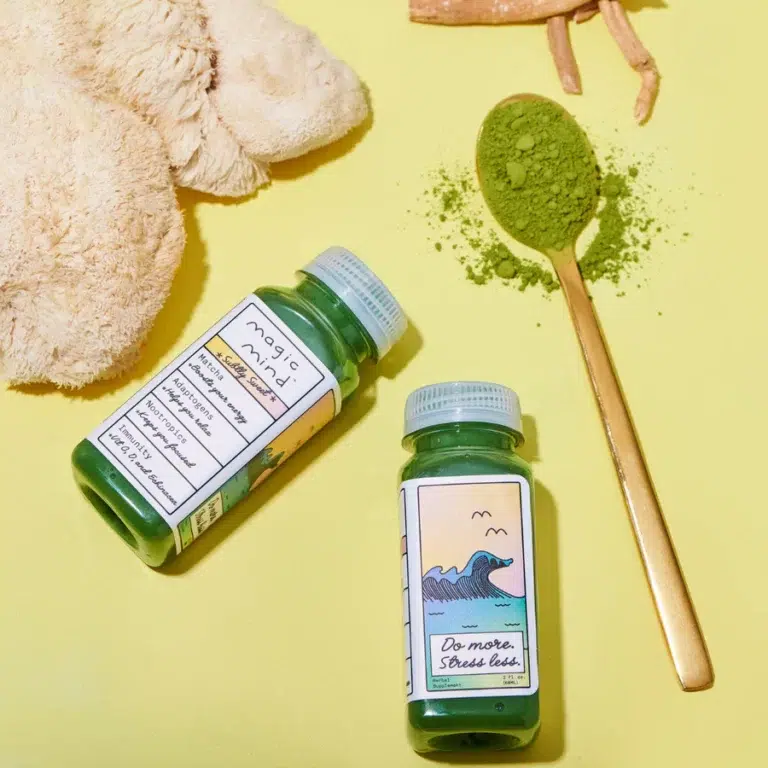
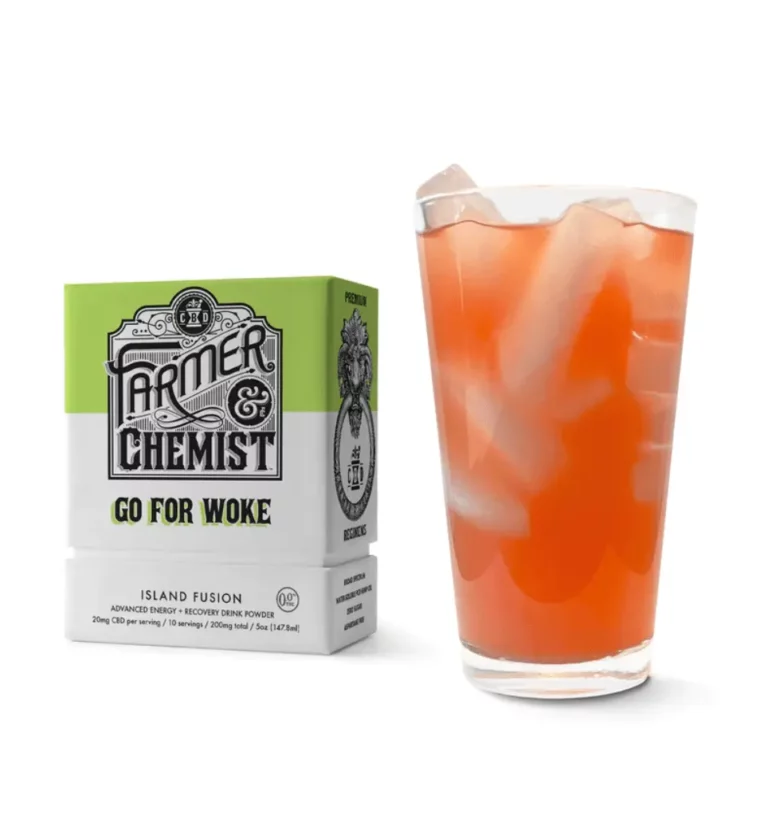
3. Plant-based
Plant-based foods and beverages are becoming more mainstream, appealing to a broader consumer base beyond vegans and vegetarians by positioning their offerings as an occasional alternative to meat and other traditional products.
As plant-based foods become more sophisticated and consumer awareness of sustainability increases, consumers are more likely to adopt and experiment with plant-based alternatives. For instance, plant-based foods are moving into new categories, like seafood, driven by ongoing concerns about the environmental impact of commercial fishing.
4. Precision fermentation replacing dairy products
There’s a new approach to dairy in town – one that is animal-free, nut-free and soybean-free. One that is brewed like beer.
Animal-free dairy products, made from precision fermentation-derived dairy proteins hold an immense potential to substitute dairy and drive consumer adoption. Precision fermentation typically taste more similar to traditional dairy products, than existing nut- or soybean-based alternatives.
Precision fermentation is increasingly being used to develop ingredients and even finished products, like Perfect Day’s range of products.
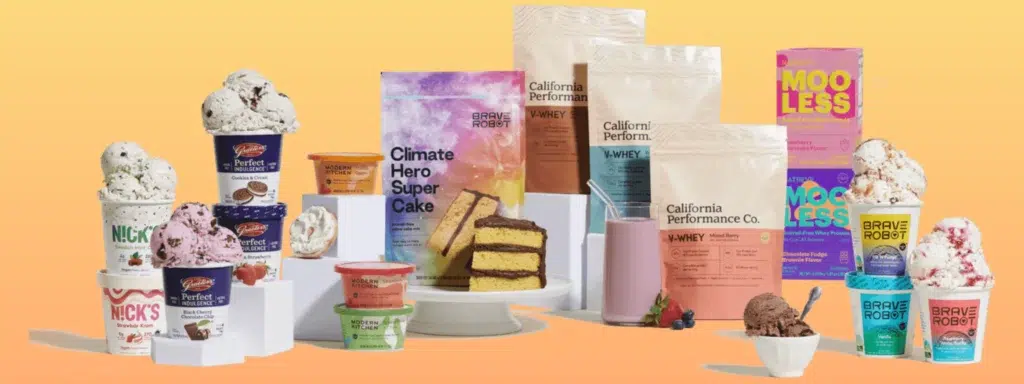
What is precision fermentation? Precision fermentation is an innovative process that involves utilizing genetically engineered yeast to “brew” all the constituent elements found in milk. Through this method, various components, such as proteins and other essential elements, are created, replicating the composition of traditional milk without the need for animal involvement.
5. Regulation around sustainable packaging
Increased packaging regulation, like the 2022 European Green Deal or the single use plastic ban in California, is putting pressure on food and beverage companies to rethink the formats of their products and therefore the overall experience they’re offering consumers. Some of the significant changes that the food and beverage companies need to make include:
- Food and beverage companies are now exploring and adopting more sustainable packaging alternatives, such as biodegradable materials, compostable packaging, and recyclable materials.
- Adherence with packaging regulations, including the 2022 European Green Deal and single use plastic ban in CA, target reducing excessive packaging and non-recyclable materials. In response, companies are striving to minimize packaging waste by using lighter materials, reducing overall packaging, shipping materials and layers, and optimizing packaging for a consumer friendly experience while minimizing waste.
- Companies are reevaluating the formats of their products to align with sustainable packaging. For example, single-serve plastic bottles and individually wrapped items are being reconsidered in favor of bulk packaging or refillable options, reducing the overall amount of packaging required.
- Adhering to packaging regulations may require changes throughout the supply chain, from sourcing sustainable materials to ensuring proper waste management and recycling practices after use.
6. Upcycling
How can we upcycle or valorize waste streams from food production? How can we find creative and sustainable ways to utilize by-products, surplus materials and food waste?
These questions are top of mind for many food and beverage companies.
For example, Nestlé is upcycling by-products from their malt production, blending it with other cereals and fortifying it with micronutrients to create a nutritious, low cost breakfast option under their Golden Morn brand.
This trend has also brought with it a new line of start-ups creating products made solely from by-products from other businesses – one example is Renewal Mill, that creates flours, baking mixes, and cookies with pulp leftover from oat, almond, and soy milk production.
7. Hybrid meal & snack solutions for fragmented consumer routines
Fragmented consumer routines, increased inflation and new food habits are blurring the lines between the convenience, price and quality of home cooking and food delivery/takeaway options.
One response to this trend is hybrid meal solutions that bridge the gap between home cooking and delivery/takeaway options. For instance, meal kits with pre-portioned ingredients and easy-to-follow recipes enable consumers to cook at home without the hassle of grocery shopping. Another response is on-demand ingredient delivery.
Additionally, flexible work hours, on-the-go lifestyles and varied personal preferences have increased the number of ways in which people structure their days. Food decisions are driven by availability, wants and whims, aspirations and ethics, and consumers are increasingly moving away from the traditional pattern of eating three set meals per day.
‘Between moments’: snacking between meals has become almost as prominent as a meal, and consumers are seeking convenient foods that fit their lifestyles and health focus.
Uber-personalization: companies are levering AI and data analytics to offer personalized and customized meal recommendations based on consumers’ preferences, dietary restrictions, and routines. Examples include personalized recipe. subscriptions, AR augmented recipes, customizable meal kits, and personalized nutrition recommendations based on health goals, fitness levels, and metabolism.
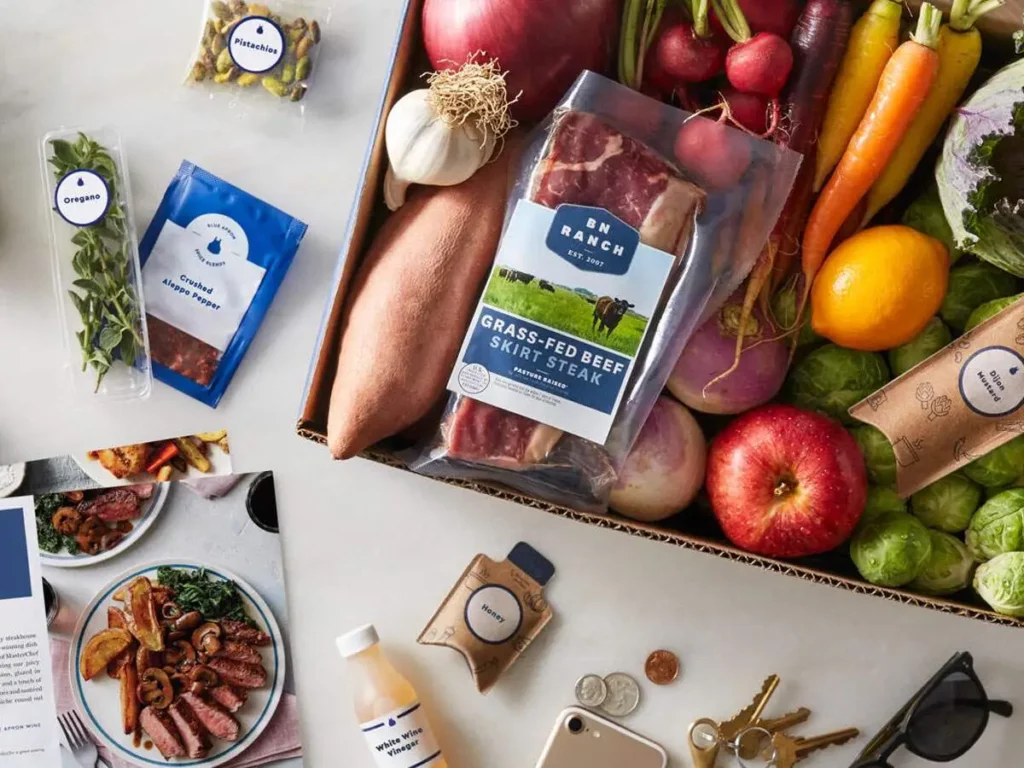
8. Natural ingredients
There is an increased suspicion and distrust of heavily processed foods, and consumers are seeking products made with minimally processed and simple, recognizable ingredients, avoiding artificial additives, preservatives, and synthetic chemicals. The shift towards natural ingredients is driven by a desire for healthier, more wholesome options and a focus on transparency and sustainability in the food industry.
Food and beverage companies are responding to this trend by reinventing existing products to remove artificial ingredients and additives. They are also introducing new products that feature natural and organic ingredients prominently on the product packaging.
9. Hyper-local
The hyper–local food system works on the principle that everything we consume is sourced from the immediate locality, eliminating transportation costs and providing the consumer with fresher products closer to their source. Empowering local farming and communities at scale, with minimal operational excellence compromise, holds tremendous potential for transforming the food system and promoting sustainable, resilient, and community-centric practices.
10. Using AI and big data to transform portfolios
When it comes to innovation in food and beverage, speed is critical. And balancing speed with success in bringing new products to market is key.
Companies are now tapping into the power of AI and big data to optimize their innovation process and current portfolios, and speed up new product development.
AI enables companies to generate and explore ideas for new products swiftly, propelling the innovation process beyond traditional methods. AI facilitates rapid prototyping and testing, allowing companies to refine their concepts with greater speed and efficiency.
Check out how, together with Board of Innovation, Tata Consumer Products used AI to fill their innovation pipeline across four categories in a single week.
Another advantage of AI in product development is its ability to identify untapped market opportunities and gaps in existing product lines. By analyzing vast amounts of data, AI helps companies discover whitespace and recognize emerging trends, enabling them to bring on-trend products to market more promptly.
Furthermore, AI empowers companies to gain a higher level of confidence in consumer responses to new products, by testing high-fidelity concepts against synthetic personas, before validating the products with real in-market testing. This helps minimize the risk of product failures and optimizes product-market fit.
Through big data, food and beverage companies use digital modeling rather than traditional recipe testing to, for example, analyze flavor combinations – just like Unilever has done with their Knorr brand.
Unlock the power of AI in a unique sprint format. Leverage the latest AI tools to generate new ideas, get real-time feedback, and curate new concepts to move forward with.

